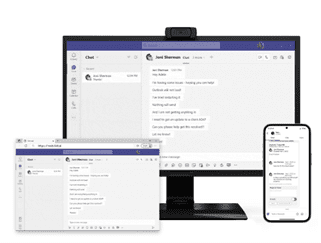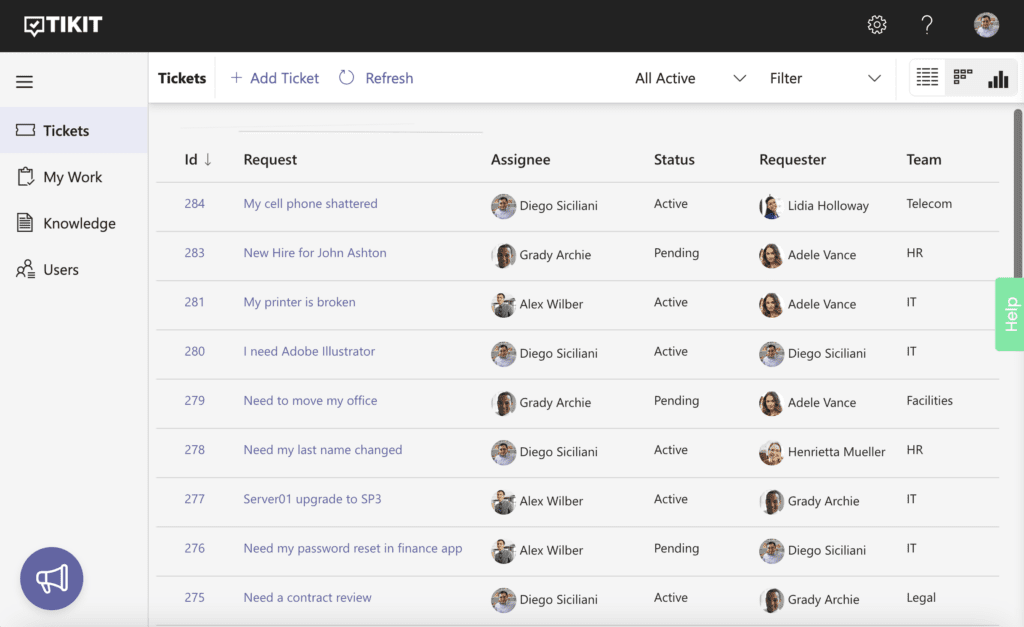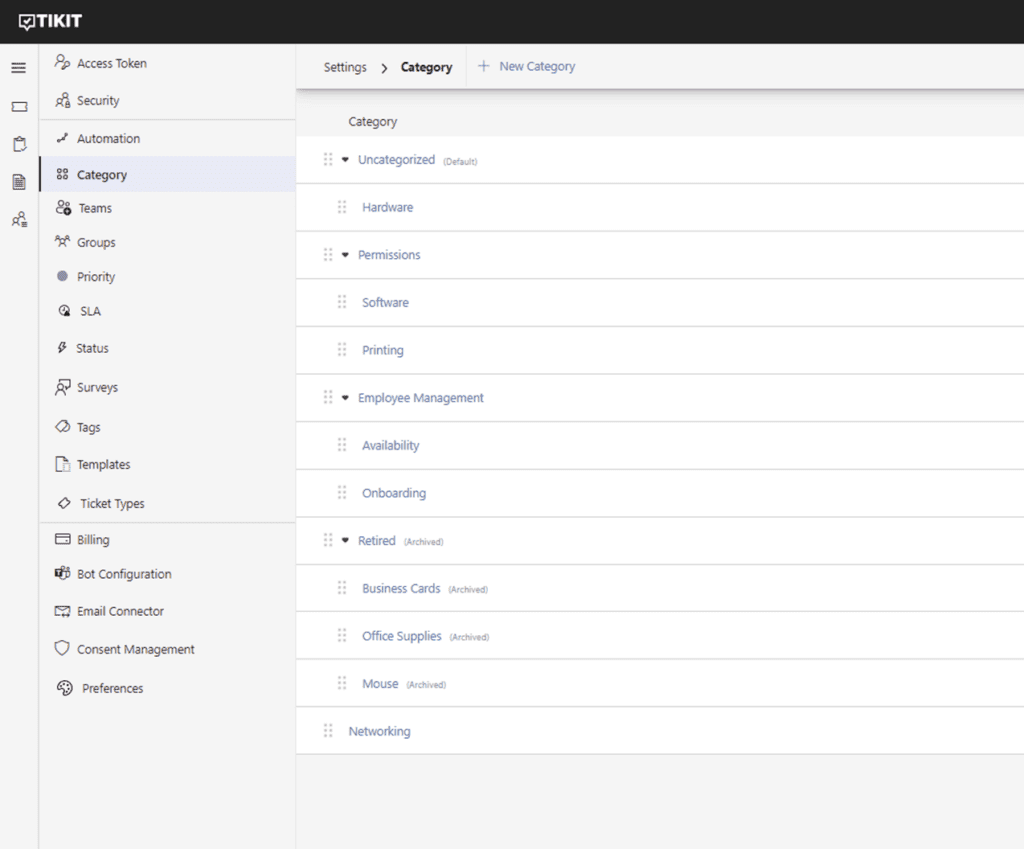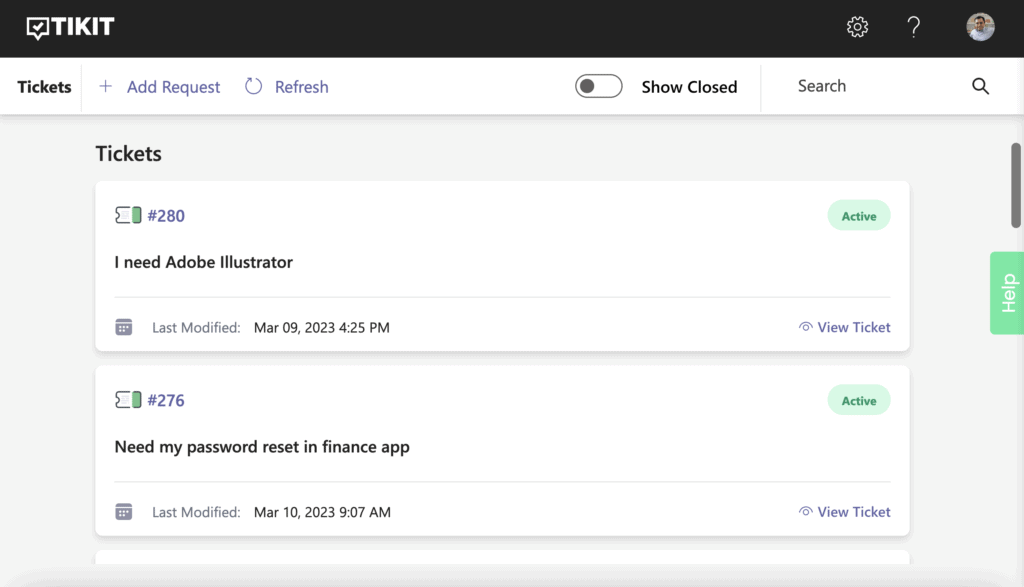Applications, software and systems are a necessary part of making a business functional. From accounting software to pay your employees, coding programs to build your product, a CRM system to enable sales to build a profitable business – there are a high number of applications one is expected to navigate. According to a workforce study from Okta, the average company employs 88 applications across their business, as of 2020. With larger companies reporting an average of 175 apps. It can be difficult to manage this many systems and applications to perform your job functions efficiently. And while no one employee will need to utilize every one of these systems, a critical aspect of successful adoption is allowing your employees to work how and where they choose to work.
For agents working on the Service Desk, the most comfortable place to work tickets is usually within a web portal that allows them to organize their work and communicate with end users as well as other members of the Service Desk. Most employees seeking support, however, prefer a more flexible, and even real-time approach to working with the Service Desk that can disrupt the agent’s Zen-like focus and organization.
A common example is where an employee will send an email or Teams chat to a member of the IT department explaining their issue and asking for help. The inevitable, but ultimately frustrating, next step for the employee happens when the agent asks them to stop, go open a new system, such as a self-service portal, and submit a ticket. Resulting in wasted time and resources. With a modern-day service desk, an employee should be able to request support from their channel of choice without the agent being limited in how they can respond, work and document the ticket.
Additionally, to make the most efficient use of a service desk, it is critical not to limit their use to only IT related tickets. When used properly, a service desk can be utilized by non-IT teams across the entire business to handle all sorts of requests from every department. Examples include a new laptop, a change in payroll banking information and requesting marketing materials for an upcoming pitch.
Implementing a Service Desk in Teams
Microsoft Teams is an ideal place to host your service desk. Regardless of how you choose to access Microsoft Teams, your Service Desk features and data will travel with you from the desktop application to a web browser. Even in the Teams mobile app, making on-the-go ticket updates is extremely easy. Implementing a Service Desk where your employees already communicate and collaborate just makes sense in this new world of hybrid work.

The Flexibility to Work Where and How You Want
As mentioned above, most Service Desk agents prefer the comfort of their Service Desk Web portal for working tickets and Teams would feel like a secondary, although sometimes convenient way to work tickets in a pinch. For those agents your Teams- based Service Desk should still offer the ability to manage ticket in a comfy queue via web portal.

When we say fully functional web portal, we mean it. You should be able to update and manage tickets, customize your views of tickets based on what’s relevant to you and manage administrative functions all from the web portal.

But this web portal shouldn’t be reserved for Service Desk agents alone. Although many employees may be using Teams and email all day, there may still be some that prefer a central web portal location to view their open tickets, pending approvals and to open a new request.

Introducing Tikit
Tikit is a Microsoft 365 (M365) service desk that matures with your M365 adoption that removes barriers between users and data, so you can remove friction between agents and employees. Built on your existing M365 adoption, Tikit goes where your employees already work. Whether that’s direct through Microsoft Teams via desktop, web or mobile, the dedicated Agent and Employee Help Web Portals or opening tickets via email.
Why Microsoft 365?
As an already existing major investment for your organization, it makes sense to look for additional opportunities to benefit from your existing M365 setup. You can benefit from the entire M365 suite of capabilities and integrations. From reporting with Power BI, automating workflows with Power Automate to managing devices with Intune. A service desk leveraging M365 should be top on your IT technology consideration list.
According to Okta’s workforce study, M365 continues to be the most popular application used by companies across all regions.
Ready to Take Your Service Desk to the Next Level?
Check out this demo video and try Tikit in a 14-day free trial. We are so confident in Tikit’s capabilities, we’ll set it up for free to ensure you are getting the most out of your free trial. Schedule your complimentary setup call today.
Interested in Tikit’s upcoming features or want to be part of future feature requests? Check out Tikit’s Roadmap here and vote for the features you’d like to see next or share a new idea with the team.




